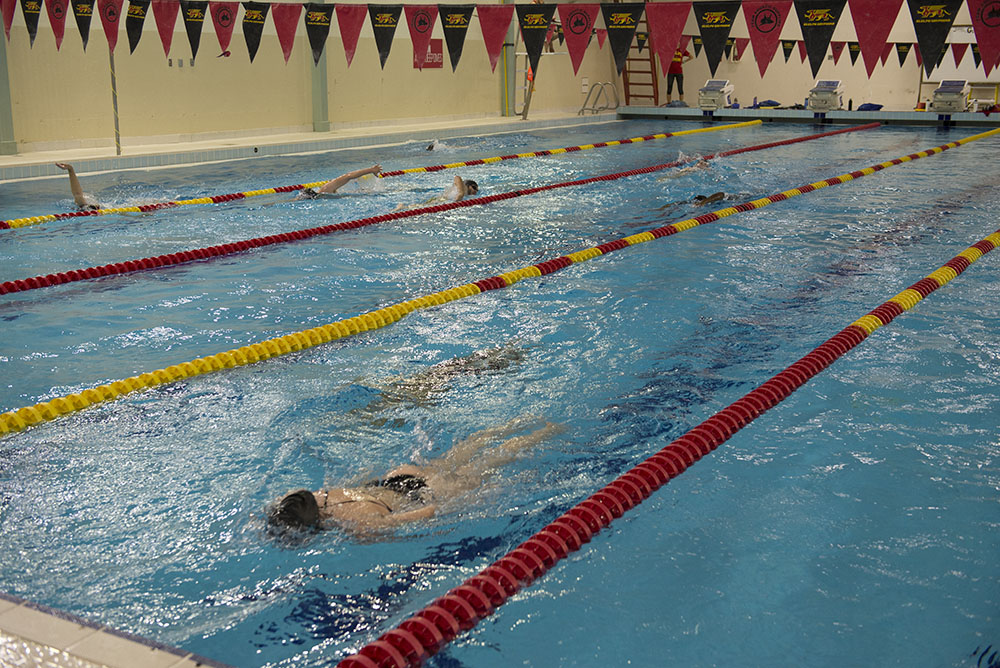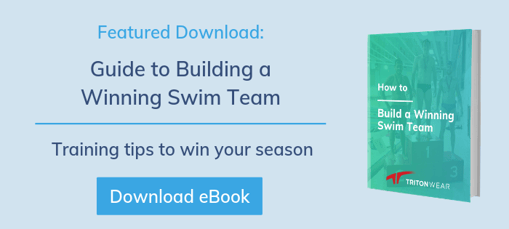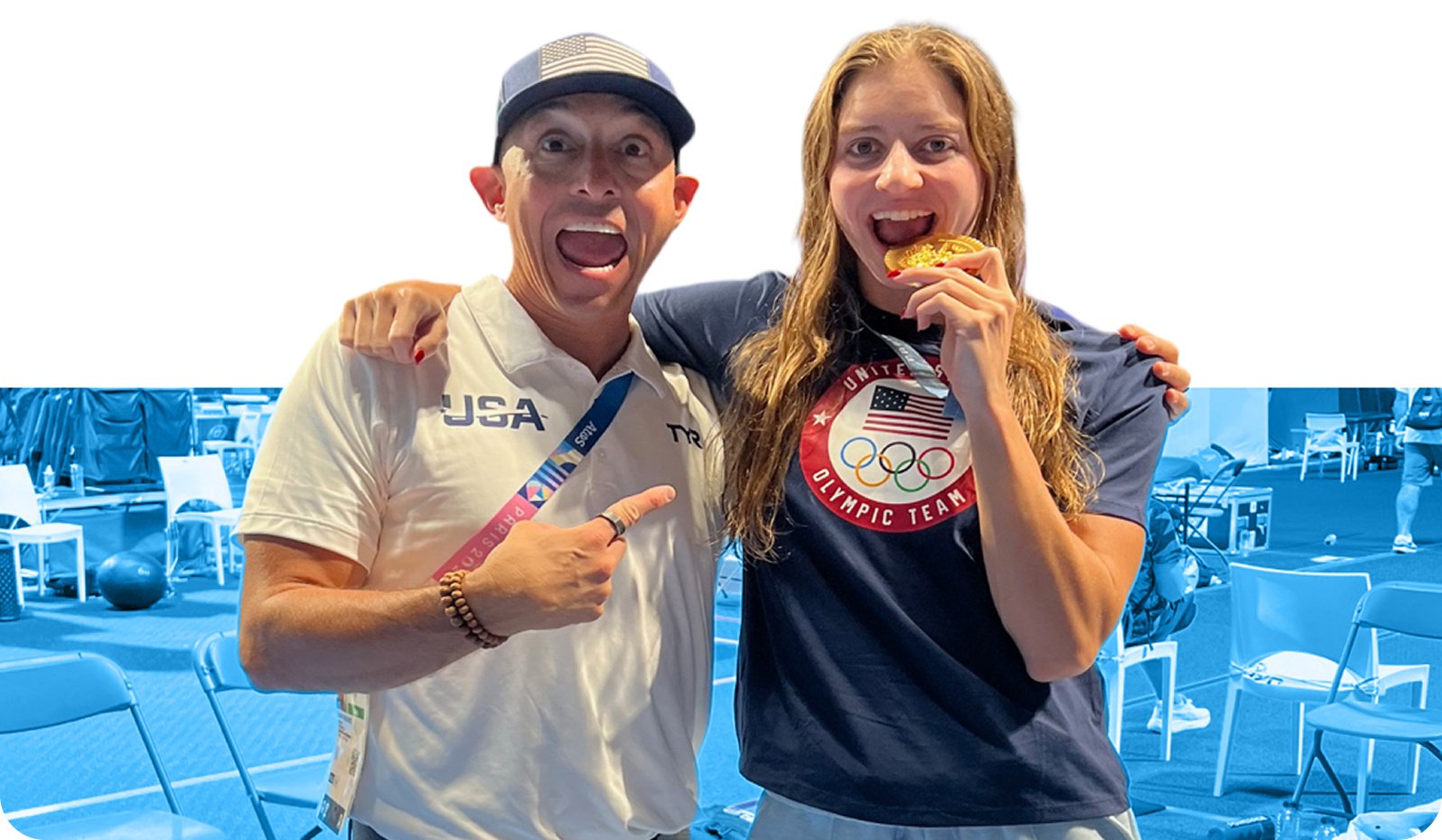Drill sets are a staple in any swim team's training routine for winning the season. Even elite athletes continue to incorporate drills to their training every once in a while.
While drills are great for improving and maintaining proper stroke technique, there is a wide variety of drills that target different components of a swim.
Here are 5 swimming drills that’s not just for improving technique, but also for developing other areas to help you swim faster.
1. Tombstone kicks
To perform this drill, place your kick board in an upright vertical position in front of you, with part of the board submerged underwater.
The board will create drag, pushing you to kick stronger and faster than if you had the kick board positioned the regular way (horizontally on the surface of the water). To make it more challenging, lower your board and have a bigger portion of it in the water. This will add more resistance, requiring you to put in more effort to push yourself forward.
This drill improves kicking ability. The added resistance develops leg strength and kicking speed, which, when applied to regular swimming, provides great propulsion.
2. Vertical dolphin kicks
There are different variations of this drill for varying degrees of difficulty. You can start with having your arms out in front of you or by your side, sculling for added support while you kick.
Once you get the hang of it, you can bring your hands out of the water, and then your elbows. To make it more challenging, bring more of your arms higher out of the water, until you can do it in a vertical streamline position.
Another variation is to add weights. Hold on to a heavier object, like a filled water bottle or a medicine ball, or wear a weight belt. If you’re in a deep enough pool, you can use fins to help power your legs
This drill develops the up kick, which can be easily neglected when kicking horizontally, but not so much in this position. It also improves core and leg strength, ultimately improving kicking speed and power for both butterfly and the underwater phase of your swim.
3. Head-up freestyle drill
As the name suggests, this drill requires you to keep your head above the water as you swim. After the push-off, life your head and keep it steady, looking straight ahead as you execute your strokes as you normally would. The challenge here is that you will need to increase the tempo of your pulls, while kicking harder and faster to keep your body from sinking.
This drill takes away the glide, pushing you to keep your elbows high and start the catch immediately after recovery. This drill helps increase stroke rate, while making sure you don’t lose your catch.
4. Breaststroke pull with flutter kicks
To perform this drill, replace breaststroke kicks with flutter kicks, while keeping arm movements the same as you would while swimming regular breaststroke.
By doing flutter kicks, the pause between strokes while waiting for breaststroke kick to complete is taken away. So it keeps the focus on the arms, making it easier to start the catch as soon as the arms recover.
This drill helps develop a fast breaststroke stroke rate, training the arms to increase the tempo of the pull and avoid over gliding between strokes.
5. Backstroke spin drill
To perform this drill, do a regular backstroke, while throwing or whipping your arms out as fast as you can through the air during the recovery. Don’t use your arms or legs to muscle through this exercise. Instead, use your core and hips to power your movements.
When performing this drill, be mindful of your body position, making sure your head is steady in a neutral position and your arms don’t over-reach, to avoid any injuries.
This drill helps develop a fast backstroke stroke rate, training your body to use your core and back, for smooth and fast rotations during stroke turnover.



.png)


.png)